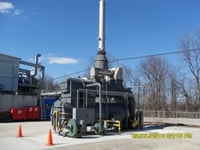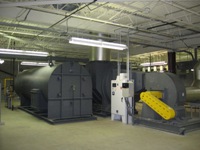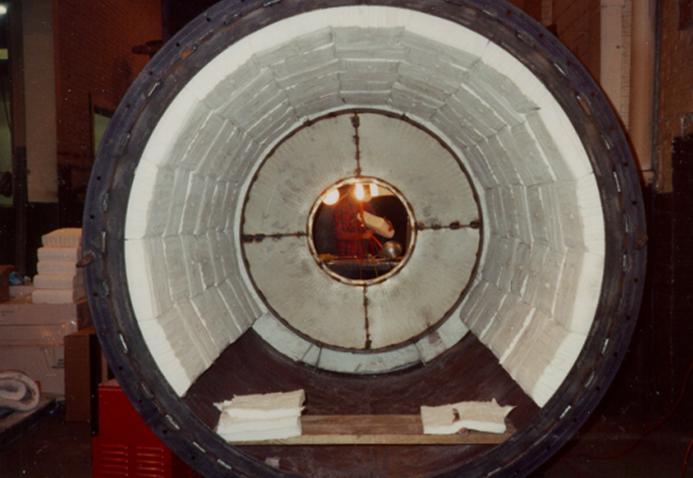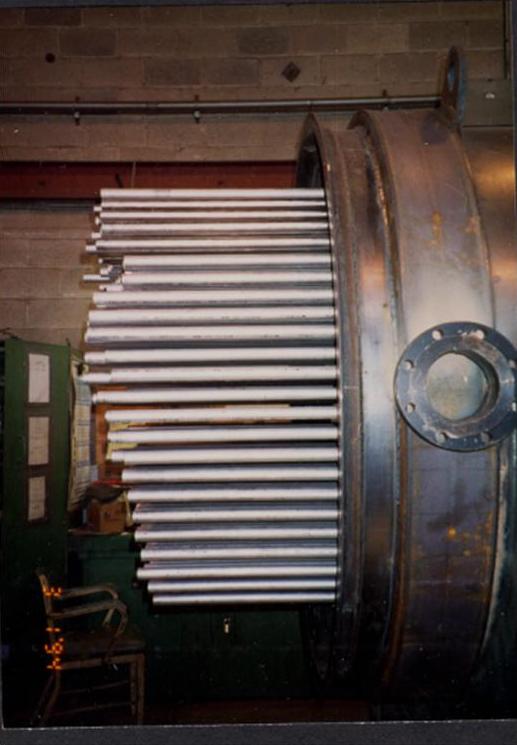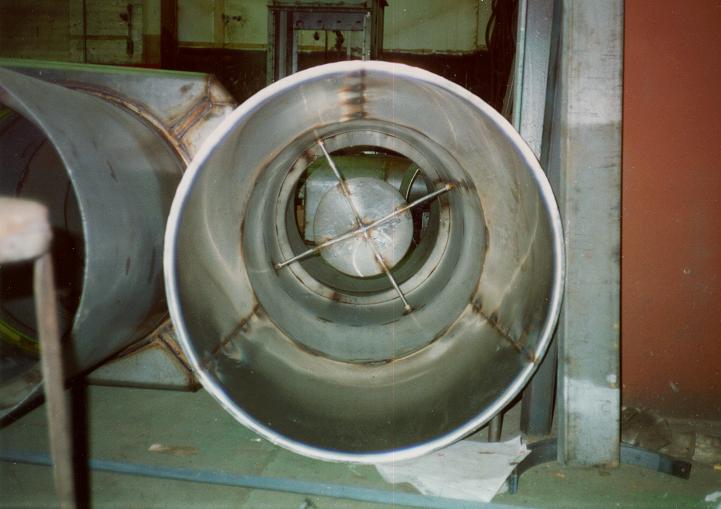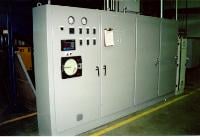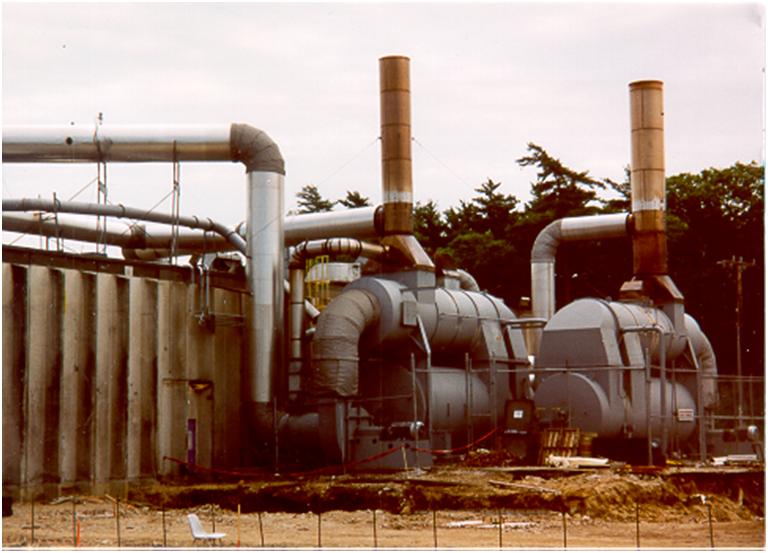- Our Company
- Products
- Catalytic Oxidizers
- Regenerative Thermal Oxidizer (RTO)
- Thermal Oxidizers
- Electric Catalytic Oxidizer
- Ductwork
- Filtration Systems
- Heat Exchangers
- Heat Recovery Systems
- Incinerators
- Installation Services
- Pre-Owned Equipment
- Rotary Concentrator
- Selective Catalytic Reduction
- Thermal Combustor System
- Wet Scrubber
- Aftermarket Services
- Industries
- Automotive
- Bakery Oven VOC Control
- Ceramic Manufacturing
- Chemical Processing & VOC Control
- Coffee Roasting
- Coil Coating
- Drum & Container Painting
- Flavoring & Fragrance
- Flexographic Printing & VOC Control
- Food Processing VOC Control
- Metal Decorating
- Metal Recycling & Shredding VOC Control
- Oil & Gas Processing
- Paint & Surface Coating
- PFAS Air Emissions Control
- Pharmaceutical & Medical
- Renewable Fuels
- Renewable Natural Gas (RNG)
- Rubber Products
- Semiconductor & Electronic
- Web Coating & Converting
- Case Studies
- Resource Center
- Request a Quote
- Our Company
- Products
- Catalytic Oxidizers
- Regenerative Thermal Oxidizer (RTO)
- Thermal Oxidizers
- Electric Catalytic Oxidizer
- Ductwork
- Filtration Systems
- Heat Exchangers
- Heat Recovery Systems
- Incinerators
- Installation Services
- Pre-Owned Equipment
- Rotary Concentrator
- Selective Catalytic Reduction
- Thermal Combustor System
- Wet Scrubber
- Aftermarket Services
- Industries
- Automotive
- Bakery Oven VOC Control
- Ceramic Manufacturing
- Chemical Processing & VOC Control
- Coffee Roasting
- Coil Coating
- Drum & Container Painting
- Flavoring & Fragrance
- Flexographic Printing & VOC Control
- Food Processing VOC Control
- Metal Decorating
- Metal Recycling & Shredding VOC Control
- Oil & Gas Processing
- Paint & Surface Coating
- PFAS Air Emissions Control
- Pharmaceutical & Medical
- Renewable Fuels
- Renewable Natural Gas (RNG)
- Rubber Products
- Semiconductor & Electronic
- Web Coating & Converting
- Case Studies
- Resource Center
- Request a Quote


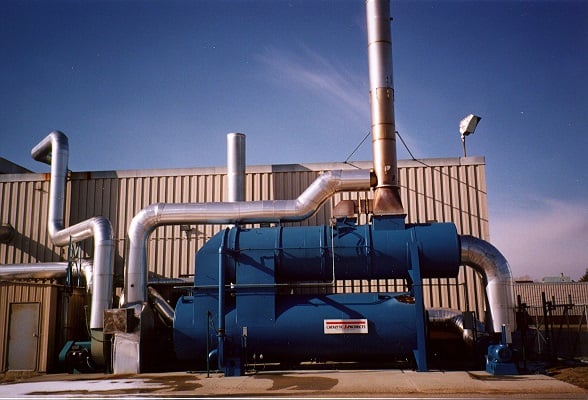
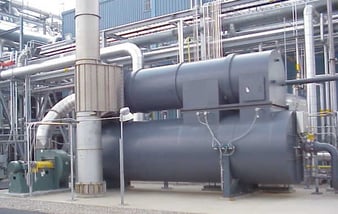
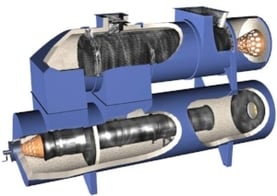 The contaminated air stream next passes through an elongated high velocity combustion chamber. Here a series strategically placed mixing baffles creates turbulence and improves mixing, helping to prevent temperature stratification. From there the air stream rebounds 180^ to assure proper mixing of all the effluent constituents. Even at low flow conditions, this mixing action provides the highest possible temperature uniformity for industry leading destruction ability at the lowest operational cost.
The contaminated air stream next passes through an elongated high velocity combustion chamber. Here a series strategically placed mixing baffles creates turbulence and improves mixing, helping to prevent temperature stratification. From there the air stream rebounds 180^ to assure proper mixing of all the effluent constituents. Even at low flow conditions, this mixing action provides the highest possible temperature uniformity for industry leading destruction ability at the lowest operational cost.